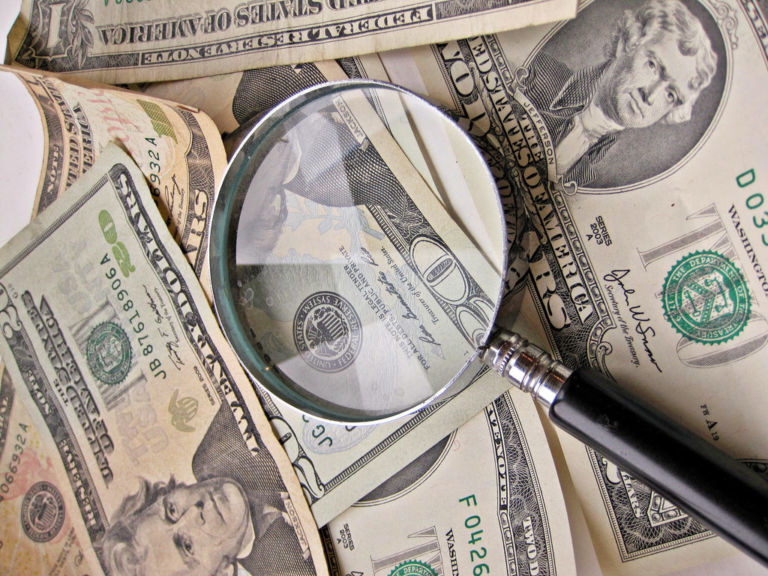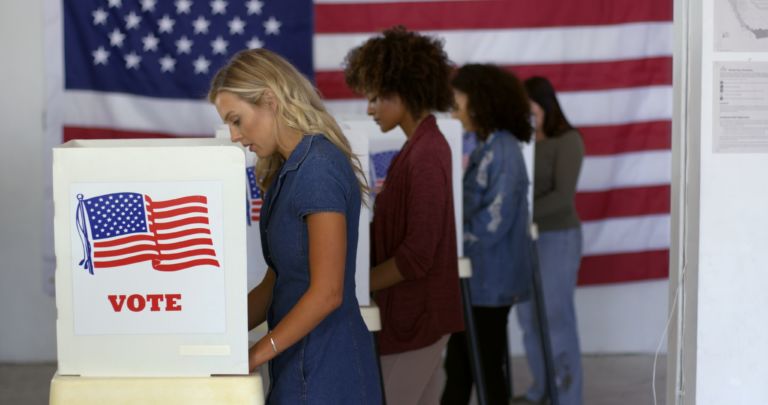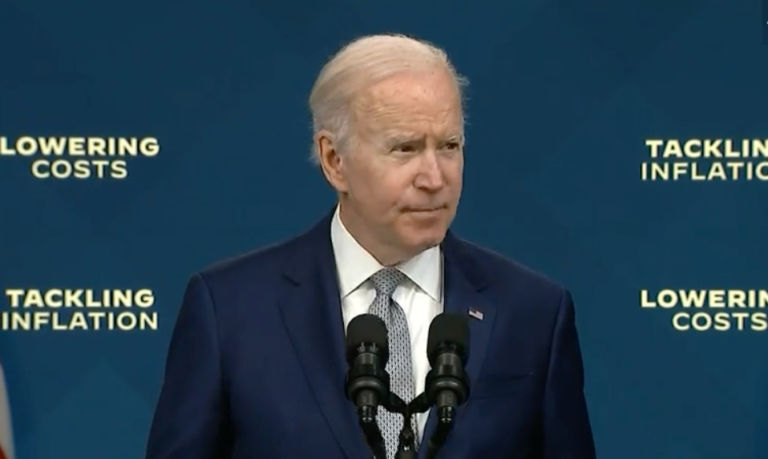Fascinating piece written by Fortune’s Geoff Colvin that looks at candidates as brands and assesses the relative strengths and weaknesses of the 2020 presidential field in two categories: brand strength and brand stature.
Why did virtually every top pollster and pundit get the 2016 election screamingly wrong? On election eve, the New York Times analytical unit and the PredictWise prediction market aggregator showed Hillary Clinton winning by wide margins. FiveThirtyEight gave her a 71% chance of winning. The Princeton Election Consortium’s Sam Wang put the probability at 93% and said he’d “eat a bug” if Donald Trump won; Wang later ate a cricket on CNN. Even Trump’s staff didn’t think he could capture the White House. A senior campaign staffer told CNN on election night, “It will take a miracle for us to win.”
Yet a radically different kind of analysis, entirely overlooked at the time, got it right. This assessment considered the candidates not as politicians or even as people but rather as brands to be marketed, like cars or toothpaste. It showed that Trump was a far stronger candidate than Clinton, especially in key swing states. This analysis promises to be a powerful tool again in this election, explaining what propelled Pete Buttigieg into the top tier of Democrats, why Joe Biden looks worryingly Clintonesque, and why Trump remains by far the dominant candidate.
After reading this, you’re likely to look at the candidates in a different light — perhaps a more accurate light than traditional polling can reflect.


